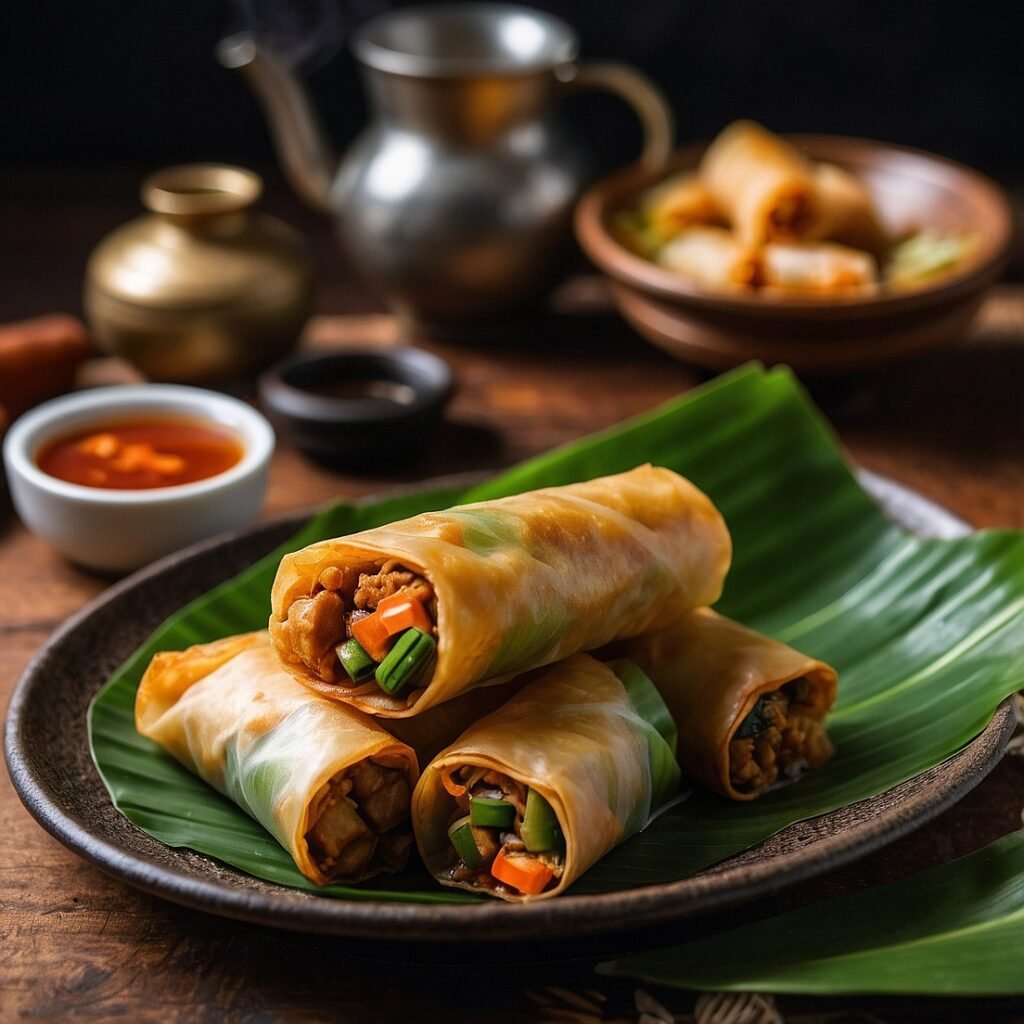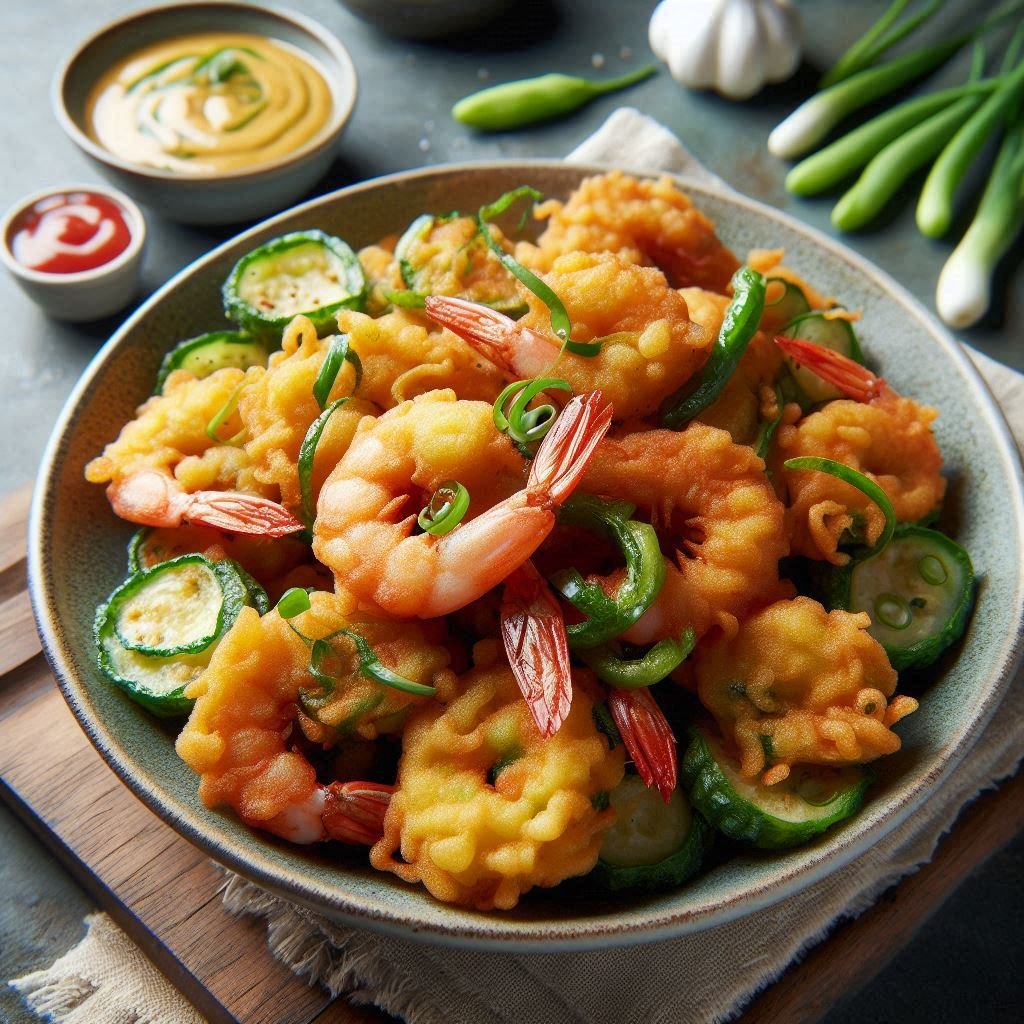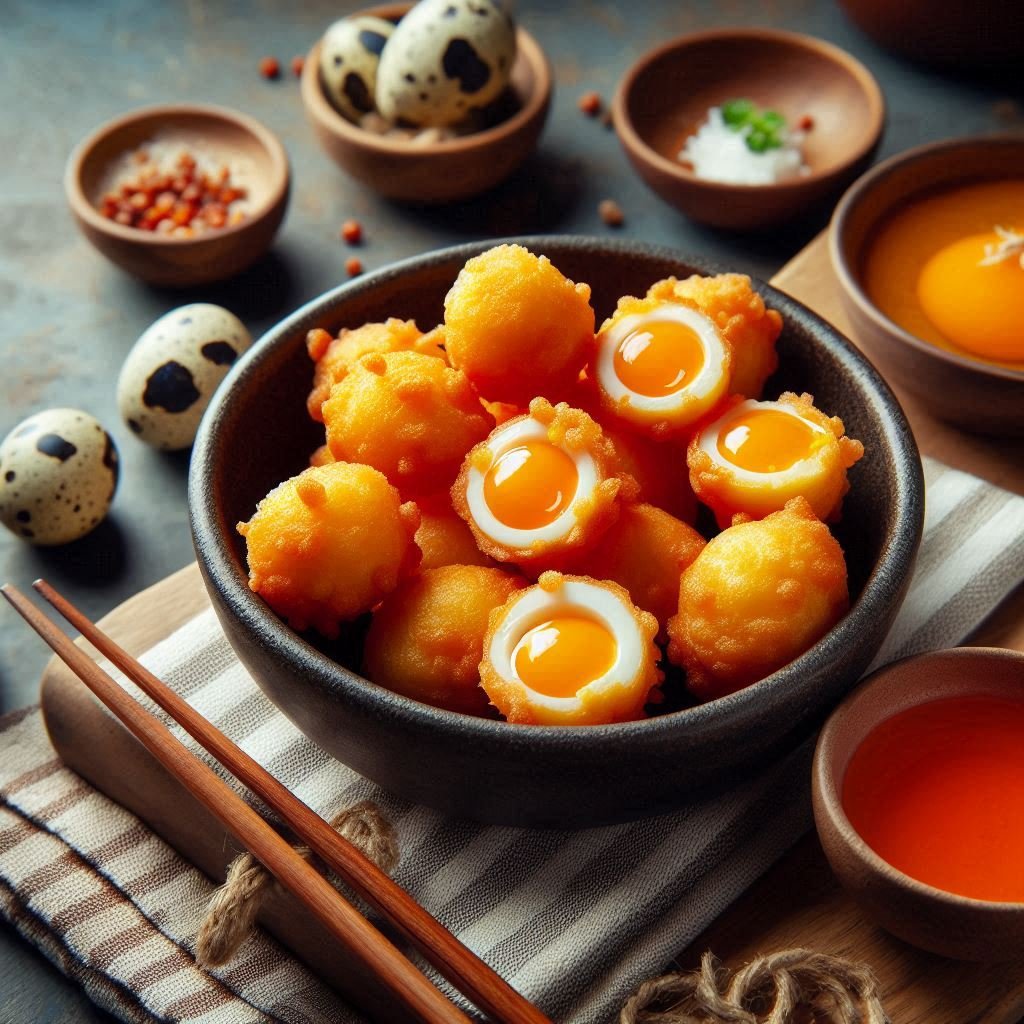Lumpiang Sariwa, also known as fresh spring rolls, is a beloved Filipino dish that exemplifies the country’s rich culinary heritage. This delectable creation combines a medley of fresh vegetables and tender meat, all wrapped in a delicate, translucent crepe and served with a savory-sweet sauce. As a staple in Filipino cuisine, Lumpiang Sariwa offers a refreshing and nutritious alternative to its deep-fried counterpart, making it a popular choice for health-conscious food enthusiasts. In this comprehensive guide, we will explore the history, ingredients, preparation methods, and cultural significance of Lumpiang Sariwa, providing you with a deep understanding of this iconic Filipino delicacy.
The Origins of Lumpiang Sariwa
A Brief History
Lumpiang Sariwa, like many dishes in Filipino cuisine, has its roots in Chinese culinary traditions. The word “lumpia” itself is derived from the Hokkien word “lunpia,” which refers to spring rolls. As Chinese immigrants settled in the Philippines, they brought with them their culinary techniques and flavors, which gradually merged with local ingredients and tastes. Over time, this fusion gave birth to the Filipino version of spring rolls, including Lumpiang Sariwa.
The evolution of Lumpiang Sariwa can be traced back to the early 20th century when Chinese-Filipino communities began adapting traditional Chinese recipes to suit local palates. The “sariwa” in its name, which means “fresh” in Tagalog, distinguishes it from its fried counterpart, Lumpiang Shanghai. This fresh version gained popularity due to its lighter, healthier profile and the abundance of tropical vegetables available in the Philippines.
Cultural Significance
In Filipino culture, Lumpiang Sariwa holds a special place as both a everyday meal and a festive dish. It is commonly served during family gatherings, fiestas, and special occasions. The preparation of Lumpiang Sariwa often becomes a communal activity, with family members working together to chop vegetables, prepare the filling, and assemble the rolls. This collaborative effort not only speeds up the process but also strengthens family bonds and passes down culinary traditions to younger generations.
The versatility of Lumpiang Sariwa has contributed to its enduring popularity. It can be enjoyed as a light snack, an appetizer, or even as a main course. Its fresh ingredients and balanced flavors make it suitable for various dietary preferences, including vegetarian and gluten-free diets with slight modifications.
Ingredients and Nutritional Profile
Key Components
Lumpiang Sariwa is composed of three main elements: the wrapper, the filling, and the sauce. Each component plays a crucial role in creating the perfect balance of flavors and textures that make this dish so appealing.
- The Wrapper:
- Rice flour or wheat flour
- Water
- Eggs
- Salt
- The Filling:
- Various vegetables (e.g., carrots, green beans, cabbage, bean sprouts)
- Protein (e.g., ground pork, shrimp, or tofu for vegetarian versions)
- Garlic and onions
- Seasonings (salt, pepper, soy sauce)
- The Sauce:
- Soy sauce
- Brown sugar
- Cornstarch (as a thickener)
- Garlic and onions
- Peanuts (optional)
Nutritional Breakdown
Lumpiang Sariwa is generally considered a nutritious dish due to its high vegetable content and lean protein. Here’s a breakdown of the approximate nutritional value for a typical serving (2 rolls):
| Nutrient | Amount | % Daily Value* |
|---|---|---|
| Calories | 250-300 | – |
| Total Fat | 8-10g | 12-15% |
| Saturated Fat | 2-3g | 10-15% |
| Cholesterol | 30-40mg | 10-13% |
| Sodium | 500-600mg | 21-26% |
| Total Carbohydrate | 35-40g | 12-14% |
| Dietary Fiber | 4-5g | 14-18% |
| Protein | 12-15g | 24-30% |
| Vitamin A | – | 20-25% |
| Vitamin C | – | 30-35% |
| Calcium | – | 6-8% |
| Iron | – | 10-15% |
*Percent Daily Values are based on a 2,000 calorie diet. Your daily values may be higher or lower depending on your calorie needs.
The nutritional profile of Lumpiang Sariwa can vary depending on the specific ingredients used and preparation methods. However, it generally provides a good balance of macronutrients and essential vitamins and minerals, making it a relatively healthy choice when consumed as part of a balanced diet.
Preparation and Cooking Techniques
Wrapper Preparation
The wrapper of Lumpiang Sariwa is a delicate crepe that requires careful preparation to achieve the right texture and thickness. Here’s a step-by-step guide to making the perfect wrapper:
- Mix the flour, eggs, water, and salt to create a smooth, thin batter.
- Heat a non-stick pan over medium heat.
- Pour a small amount of batter into the pan, swirling to create a thin, even layer.
- Cook for about 1-2 minutes until the edges start to curl.
- Carefully remove the crepe and set aside to cool.
Filling Preparation
The filling is the heart of Lumpiang Sariwa, offering a variety of textures and flavors. Follow these steps to create a delicious filling:
- Sauté garlic and onions in a large pan until fragrant.
- Add the ground meat (if using) and cook until browned.
- Incorporate the vegetables, starting with the harder ones (carrots, green beans) and ending with the softer ones (cabbage, bean sprouts).
- Season with salt, pepper, and soy sauce to taste.
- Cook until the vegetables are tender-crisp.
- Allow the filling to cool before assembling the rolls.
Assembly and Presentation
The final step in creating Lumpiang Sariwa is assembling the rolls and preparing them for serving:
- Lay a wrapper on a clean, flat surface.
- Place a portion of the filling near one edge of the wrapper.
- Fold the sides of the wrapper over the filling.
- Roll the wrapper tightly, enclosing the filling completely.
- Place the rolls seam-side down on a serving plate.
- Drizzle with the prepared sauce and garnish with crushed peanuts and additional vegetables if desired.
Regional Variations and Adaptations
Provincial Differences
While Lumpiang Sariwa is enjoyed throughout the Philippines, regional variations exist, reflecting local ingredients and preferences:
- Ilocos Region: Known for using local vegetables like malunggay (moringa) leaves and adding bagnet (crispy pork belly) for extra flavor.
- Bicol Region: Incorporates spicy elements like siling labuyo (bird’s eye chili) and sometimes uses coconut milk in the sauce.
- Visayas: Often includes seafood like shrimp or crab meat in the filling.
Modern Interpretations
As Filipino cuisine continues to evolve, chefs and home cooks have created innovative adaptations of Lumpiang Sariwa:
- Vegetarian/Vegan Versions: Replacing meat with tofu, tempeh, or additional vegetables.
- Gluten-Free Options: Using rice paper or lettuce wraps instead of traditional flour-based wrappers.
- Fusion Creations: Incorporating international flavors like Thai-inspired peanut sauce or Mexican-style fillings.
Health Benefits and Dietary Considerations
Nutritional Advantages
Lumpiang Sariwa offers several health benefits due to its ingredients and preparation method:
- High in Fiber: The abundance of vegetables provides dietary fiber, aiding digestion and promoting satiety.
- Rich in Vitamins and Minerals: Various vegetables contribute essential nutrients like vitamins A and C, potassium, and folate.
- Lean Protein: When made with lean meats or plant-based proteins, it provides essential amino acids without excess saturated fat.
- Low in Calories: Compared to fried versions, Lumpiang Sariwa is lower in calories and fat, making it a healthier option.
Dietary Adaptations
Lumpiang Sariwa can be easily modified to suit various dietary needs:
- Low-Carb: Use lettuce wraps instead of flour-based wrappers.
- Gluten-Free: Opt for rice flour wrappers or rice paper.
- Vegetarian/Vegan: Substitute meat with tofu, tempeh, or additional vegetables.
- Low-Sodium: Reduce soy sauce in the filling and sauce, using herbs and spices for flavor instead.
Serving Suggestions and Pairings
Complementary Dishes
Lumpiang Sariwa can be enjoyed on its own or as part of a larger meal. Here are some popular pairings:
- Pancit: Stir-fried noodles complement the fresh flavors of Lumpiang Sariwa.
- Grilled Meats: Dishes like inihaw na liempo (grilled pork belly) offer a contrasting texture.
- Sinigang: This sour soup provides a tangy counterpoint to the mild flavors of the spring rolls.
- Atchara: This pickled green papaya relish adds a refreshing, acidic element to the meal.
Beverage Pairings
To enhance the dining experience, consider these beverage pairings:
- Calamansi Juice: The citrusy notes complement the fresh vegetables.
- Iced Tea: A classic refreshment that doesn’t overpower the delicate flavors.
- Light White Wine: For those who prefer alcohol, a Sauvignon Blanc or Pinot Grigio pairs well.
- Coconut Water: A natural, hydrating option that echoes the tropical theme.
Cultural Impact and Global Recognition
Filipino Culinary Identity
Lumpiang Sariwa plays a significant role in representing Filipino cuisine on the global stage. Its unique combination of fresh ingredients, delicate wrapper, and flavorful sauce showcases the balance and diversity of Filipino flavors. As interest in Southeast Asian cuisines grows worldwide, Lumpiang Sariwa has become an ambassador for Filipino food culture, introducing international audiences to the country’s culinary traditions.
Popularity Beyond Borders
The appeal of Lumpiang Sariwa has extended beyond the Philippines, gaining recognition in various parts of the world:
- United States: Filipino-American communities have introduced Lumpiang Sariwa to mainstream American cuisine, often featured in food festivals and multicultural events.
- Canada: Cities with large Filipino populations, like Toronto and Vancouver, have seen an increase in restaurants offering Lumpiang Sariwa.
- Australia: As part of the growing Asian food scene, Lumpiang Sariwa has found its way into fusion restaurants and food markets.
Conclusion
Lumpiang Sariwa stands as a testament to the Philippines’ rich culinary heritage, embodying the fusion of flavors and techniques that define Filipino cuisine. Its versatility, nutritional benefits, and delightful taste have secured its place not only in traditional Filipino kitchens but also in the global culinary landscape. Whether enjoyed as a light snack, a healthy meal option, or a festive dish shared with loved ones, Lumpiang Sariwa continues to captivate food enthusiasts with its fresh ingredients and harmonious flavors. As more people discover the joys of Filipino cuisine, Lumpiang Sariwa is poised to remain a beloved ambassador of the country’s vibrant food culture, inviting diners to experience the unique tastes and traditions of the Philippines one delicious roll at a time.
Disclaimer: While every effort has been made to ensure the accuracy of the information presented in this blog post, culinary traditions and recipes can vary widely. The nutritional information provided is an approximation and may not accurately reflect all variations of Lumpiang Sariwa. Readers are encouraged to consult multiple sources and local experts for the most accurate and up-to-date information. If you notice any inaccuracies in this post, please report them so we can promptly make corrections and ensure the highest quality of information for our readers.




